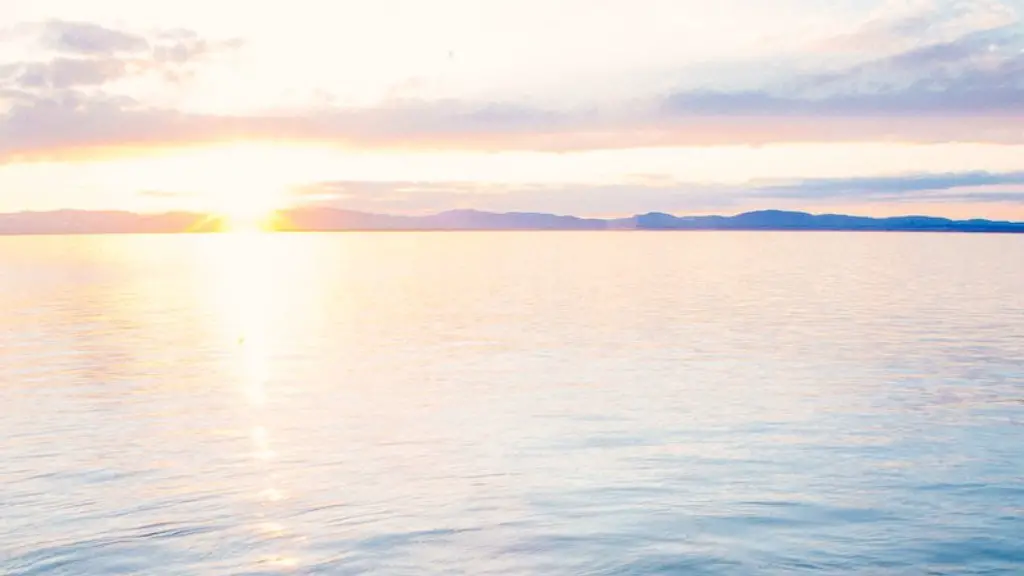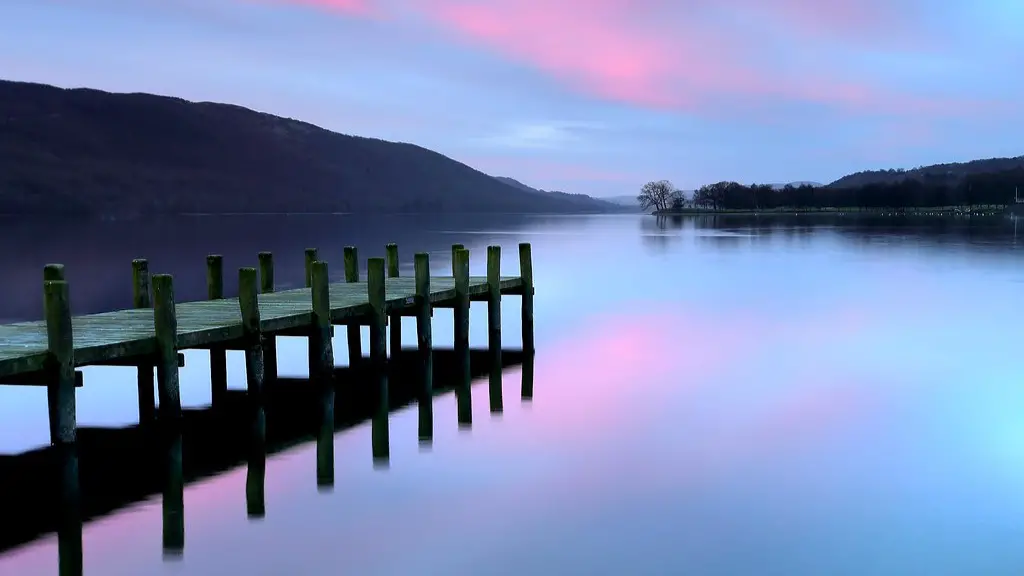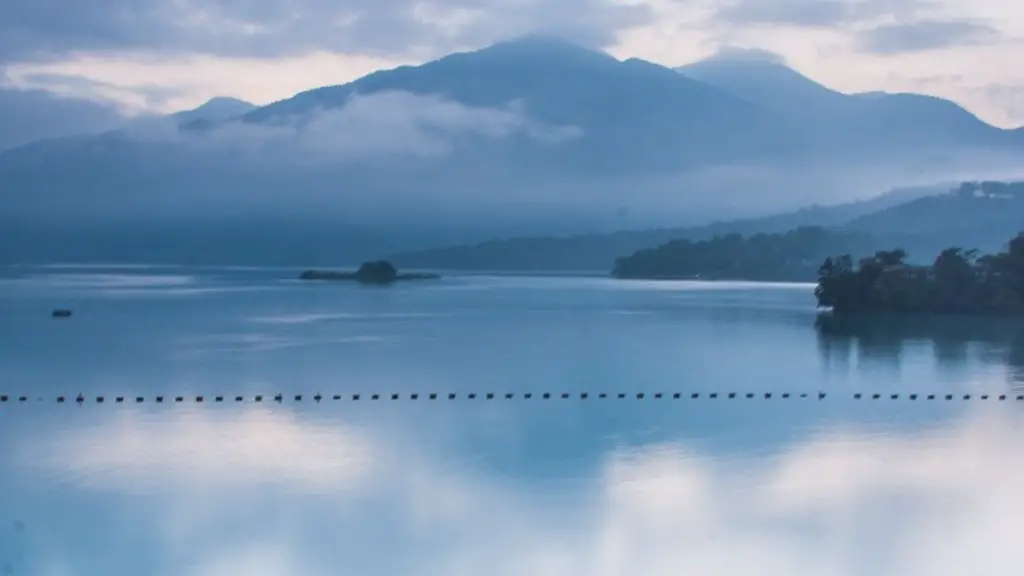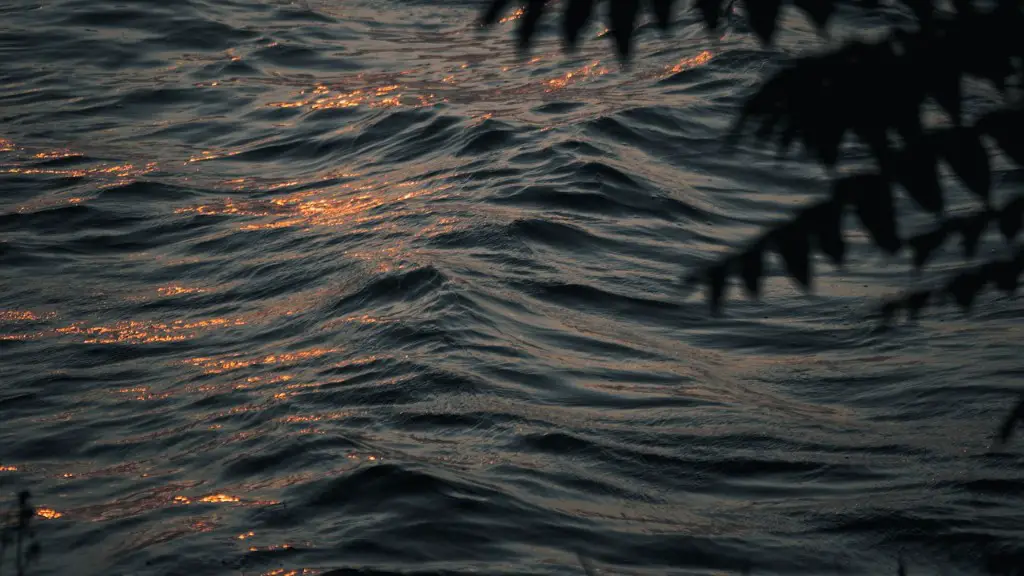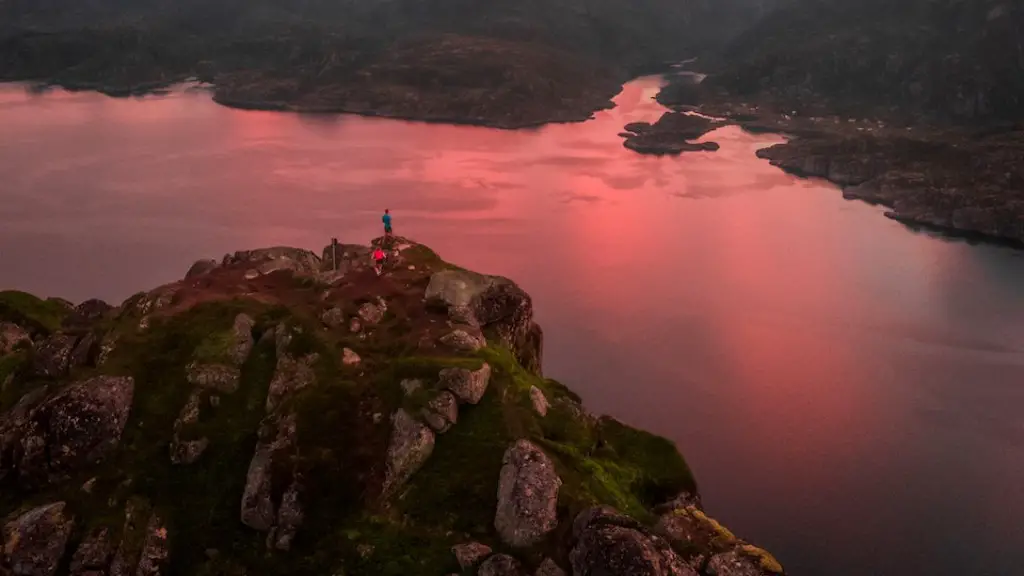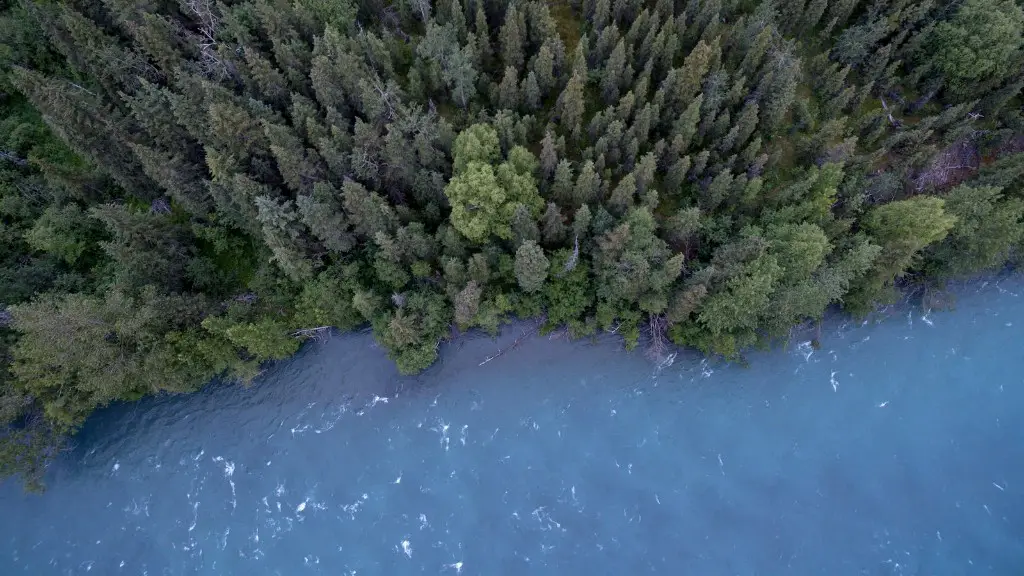Crater Lake is located in the Cascade Mountains of Oregon and is the deepest lake in the United States. Crater Lake is a popular destination for photographers due to its dramatic scenery. The best time to photograph Crater Lake is during the summer when the weather is stable and the water is calm.
Crater Lake is an ideal subject for both landscape and nature photographers. The lake is surrounded by cliffs, forests, and mountains, which provide a stunning backdrop for the deep blue water. There are many lookout points around the lake, so you can choose the best angle for your composition. The light is usually best in the late afternoon, so plan your shooting schedule accordingly.
With its beautiful setting and clear water, Crater Lake is a stunning subject for photographers of all levels. By following these tips, you can capture some amazing shots of this natural wonder.
1. You will need a camera that can capture long exposures.
2. Find a location with a good view of the lake.
3. Set up your camera on a tripod.
4. Use a wireless remote or timer to avoid camera shake.
5. Set your camera to its lowest native ISO.
6. Select a long exposure time. Start with 1 minute and adjust as needed.
7. Use a small aperture to maximise depth of field.
8. Focus one third of the way into the scene.
9. Take a test shot and review the image.
10. Adjust your settings as needed and take your final photograph.
What time of day to photograph Crater Lake?
Crater Lake is an excellent place to take night photographs due to the lack of light pollution from nearby cities. The Watchman Fire Tower Overlook provides an excellent vantage point from which to capture the beauty of the lake.
If you’re looking for an amazing scenic drive, look no further than the Crater Lake rim drive. This 33-mile loop takes you through some of the most beautiful scenery in America. Allow at least a few hours to enjoy all the incredible views along the way.
How do you take good lake pictures
Here are 18 pro tips for how to take stunning lake photos that will blow your friends and family away!
1. Go wide – if you want to capture the full scope and beauty of a lake, use a wide-angle lens.
2. Use side light – the best light for lake photography is often side light, which can create some stunningly atmospheric shots.
3. Jetties are your friends – jetties or piers can make great foreground elements in your lake photos, leading the eye into the shot.
4. Watch the foreground – ensure that the foreground of your lake photos is interesting and compositionally strong, as this will really make or break the shot.
5. Compose for a great background – often the best lake photos have an interesting and beautiful background, so make sure to compose your shot accordingly.
6. Lead the eye – use leading lines in your composition to lead the viewer’s eye into the photo and around the lake scene.
7. Layer it up – don’t be afraid to layer different elements in your lake photos – the sky, the water, the shoreline, etc. – as this can create some really stunning effects.
The Rim Drive is a great way to see Crater Lake from many different angles. The overlooks provide great views of the lake and there is plenty of parking available. The only downside is that the Rim Drive can be very crowded during peak season.
When can you see the Milky Way at Crater Lake?
There is no better time to stargaze at Crater Lake than when the humidity is high and the sky is clear of clouds or a full moon. Though the transparency of the sky is at its peak in the summer months, the experience of stargazing in the snow is truly incredible.
Crater Lake is one of the most beautiful places on earth. It is a national park that is full of activities and breathtaking scenery. The lake is the main attraction and it is definitely worth the visit. The drive around the lake is stunning and you can easily complete it in half a day. There are also plenty of short hikes to take and you can easily spend a full day at the park and not get bored.
Can you see Crater Lake without paying?
If you’re planning on visiting Crater Lake National Park, be sure to bring your entrance fee with you. You can either pay with a physical pass or digital pass, but keep in mind that photos of physical passes will not be accepted.
If you’re looking to do some hiking in the park, it’s best to wait until later in the summer when the trails are clear of snow. In the meantime, you can enjoy the beautiful scenery from the safety of the ground!
What is the best time of day to visit Crater Lake
Make sure to arrive at Crater Lake National Park before 9am to avoid the crowds! The annual average snowfall in the park is a whopping 43 feet, so given the elevation of the lake’s rim (7000-8000 feet), snow clouds can completely hide the lake from view for days at a time.
If you want to capture water’s flow, you’ll want to use a shutter speed of 1/2 a second or longer. The longer the shutter speed, the more silky the effect will be. You can even make the waves of the ocean look more like a low-lying mist.
What are 5 tips for shooting underwater photography?
Here are a few tips and basic principles that will help you take better underwater photos when you just starting out:
1. Get close to your subject. This will help you capture more details and colours.
2. Use natural light in shallow water. This will help you avoid backscatter (when light bouncing off particles in the water creates a haze in your photos).
3. Think about image composition. This is key to any type of photography, but especially important in underwater photography where you often have limited time to take a photo.
4. Shoot up. This angle will help you avoid silhouettes and capture the colours and details of your subject.
5. Focus on the eyes. This is important for any portrait, but especially in underwater photos where the eyes can be the only part of the subject that is visible.
6. Try using manual white balance adjustment. This will help you get truer colours in your photos.
7. Keep progressing. Don’t be discouraged if your first few attempts at underwater photography aren’t perfect. Just keep practicing and you’ll eventually get the hang of it.
To ensure that your photos are as sharp as possible, follow these general tips:
– Use the sharpest aperture setting on your camera lens.
– Switch to single point autofocus mode.
– Lower your ISO setting.
– Use a better quality lens.
– Remove any filters from your lens.
– Check sharpness on your LCD screen.
– Make sure your tripod is sturdy.
– Use a remote cable release.
What is not allowed at Crater Lake
import java.util.*;
class Main
{
public static void main(String[] args)
{
Scanner in = new Scanner(System.in);
int n = in.nextInt();
int A[] = new int[n];
for(int i = 0; i < n; i++)
A[i] = in.nextInt();
in.close();
System.out.println("Sum of Array Elements: " + Arrays.stream(A).sum());
}
}
Crater Lake is one of the snowiest places in America, with an average of 43 feet of snow per year. This means that there are only a few months when people can swim at Crater Lake, due to the extreme winter season. Usually, visitors to the lake can swim from June through September.
Can you swim inside Crater Lake?
The blue beauty of Crater Lake is not just limited to its depth. Visitors can swim at designated areas, but the water is usually very cold! The water of Crater Lake is a deep, gorgeous blue, making it a popular spot for swimming and other water activities.
If you’re looking for the best time and place to stargaze, you’ll want to head to Rim Village in Arizona. With its 7,000ft elevation and unobstructed views, Rim Village offers some of the best views of the night sky. And with a lower density of trees, you’ll have a 360 degree view of the stars.
Warp Up
To photograph Crater Lake, use a tripod and a camera with a telephoto lens. Position yourself so that the crater is in the center of the frame and make sure that there are no objects in the foreground that will obstruct the view. Use a long shutter speed to capture the serene atmosphere of the crater.
When photographing Crater Lake, there are a few things to keep in mind. First, the lake is very blue, so you’ll want to use a filter to help bring out the color. Second, the lake is surrounded by cliffs, so you’ll want to make sure you have a good wide-angle lens to capture the whole scene. And finally, because the lake is so deep, the light can be very intense, so be sure to use a tripod to avoid blur. With these tips in mind, you’ll be able to capture the beauty of Crater Lake in all its glory.
